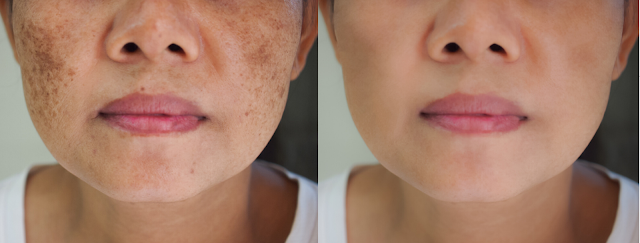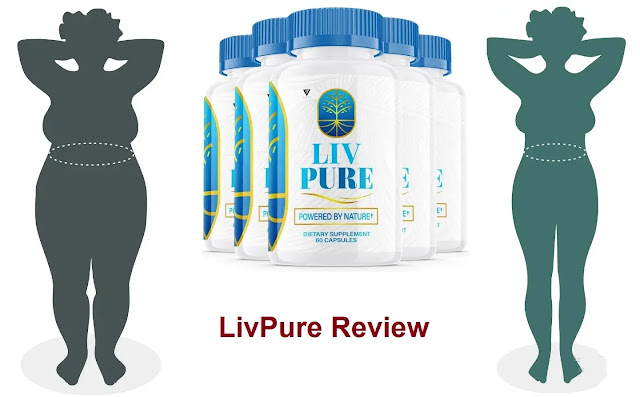What causes dark spots and Patches on the face?
Many adults suffer from melasma, a form of hyperpigmentation where the skin areas become darker than their surroundings. These stubborn dark spots, which can be found anywhere on the face (forehead, cheeks, nose, etc.), are the result of over production of melanin from chromosome cells called melanocytes.
Read on to discover some effective ways to get rid of these impurities and fade them and make them less clear. Learn about the best and most modern treatments and choose from a variety of ways to correct skin color disparities. This article will also teach you about the causes of melasma so you can prevent it from evolving in the first place.
What is melasma?
There are a number of possible causes of over pigmentation of the skin, some of which may be very serious. As a precaution, it is best to consult a dermatologist if you notice any change in skin color early to rule out precancerous changes and skin cancer.
However, one of the most common forms of hyperpigmentation is melasma, which is characterized by ugly dark spots on the face, forehead, cheeks and area above the upper lip. These spots usually appear on both sides of the face in a similar shape and pattern and can range in color from dark brown to dark brown to black.
The color of the spots varies depending on the person's race. For people with darker skin, the color will be more vis-e-patches towards brown and black spots. In pale individuals, they may appear in light brown or light brown. Skin spots can appear on both males and females, people of all ages, and all skin colors depending on the underlying cause. Similarly, the term "liver spots", another common term for hyperpigmentation, generally develops in individuals aged 50 years or older than the age of sun exposure and is considered part of the natural aging process.
The good news is that these annoying flaws can be easily addressed and minimized - choose from medical procedures to fully natural remedies that you can use while you're comfortable in your home. As always, developing a suitable skin care system and using ways to prevent sun damage is the best way to combat unsightly sunspots.
What are the common types of hyperpigmentation?
What Medical Treatment can Get you rid of Melasma?
Skin treatments have made tremendous strides in recent years. As always, work with certified healthcare professionals/licensees and inform your doctor of your needs before you follow up. Here are some of the most common actions:
First: stop hormonal contraceptives.
Since melasma usually occurs due to changing estrogen and/or progesterone levels, discontinuing hormonal pills and IUDs can often be a good first step. Never stop using contraceptives without first notifying your doctor and/or discussing alternatives.
Second: Topical bleaching creams
The first line of melasma therapy is usually topical acid therapy (which contains hydroxy acids) and is designed to remove skin layers that discolor. You can find over-the-counter versions of these and other stronger prescription treatments as well. If you want an over-the-counter product, look for a product that contains kogic acid, arthrosis and lactic acid.
If you are pregnant, you can take all necessary steps to prevent and treat melasma. However, skin whitening creams should be avoided. Most melasma cases associated with pregnancy disappear after birth, so it may be better to use a defect concealer in the meantime.
Third: Alpha hydroxy acids
Alpha hydroxy acids are natural acids found in foods such as citrus fruits (citric acid), apples (malic acids) and grapes (tartaric acid). It works by removing dead skin cells on the top layer of the skin. According to WebMD, alpha hydroxy acids are good for anti-melasma type skin and mixed type. Those who used 10% glycolic acid over a two-week period followed by facial exfoliation experienced a general decrease in hyperpigmentation.
Fourth: Salicylic acid
Salicylic acid is beta hydroxy acid or BHA (as opposed to alpha hydroxy acid or AHA, where molecules are separated by only one carbon atom) which comes in the form of prescription force. It is generally derived from willow bark. Alpha hydroxy acids (e.g., glycolic and yogurt) are water-soluble, but beta hydroxy acids are soluble in oil. Beta hydroxy acids can penetrate the skin deeper than alpha hydroxy acids and dissolve blocked pore components. Through the process of corneal decomposition, beta hydroxy acids effectively get rid of the upper layer of skin cells, thus providing wonderful peeling properties.
Fifthly: Hydroquinone
Hydroquinone is a very effective agent for lightening the skin. However, there is some controversy about her safety. In 2006, the Food and Drug Administration withdrew its approval based on evidence suggesting it may cause cancer. However, the American Academy of Dermatology does not agree with the Food and Drug Administration. The group insists that hydroquinone, when used under appropriate supervision, does not pose any health risks. Hydroquinone creams are available at 2% over-the-counter, while more focused versions require a doctor's prescription.
Sixthly: Retinoid
Vitamin A-derived retinoids increase the rate of skin regeneration. Retinoid products are only available by prescription because of the potential health risks to the fetus in pregnant women. Retinoids work by stimulating dead skin cells to regenerate more quickly. Know that these products may also irritate the skin.
Seventh: Chemical peeling
Chemical exfoliation improves the skin's texture and softens and contains concentrated levels of acids. It works by removing dead cells on the surface of the skin and accelerating the regeneration process, leading to softer and healthier skin. Chemical peels are performed under the supervision of a dermatologist, and they can successfully get rid of dark spots.
Eighth: Peeling the skin
The exact peeling of the skin is a procedure that uses small crystals to "pull sand" the upper layers of the skin. It is performed by a dermatologist or surgeon who gives a local anesthetic. Skin irritation softens the skin, reducing wrinkles, pigments and scars.
Ninth: Intense Light Pulse (IPL)
IPL is a laser treatment that uses rapid light pulses to destroy the melanin that causes pigment. Repairs the skin damage caused by the laser, leaving the skin color lighter once it heals. This procedure is more expensive than other methods and can be painful at times.
Tenth: Steroids
Steroid creams can be applied to affected areas for melasma treatment by slowing down the process of regeneration of skin cells, resulting in reduced number and activity of pigment-producing cells.








.webp)



.webp)


Social Plugin